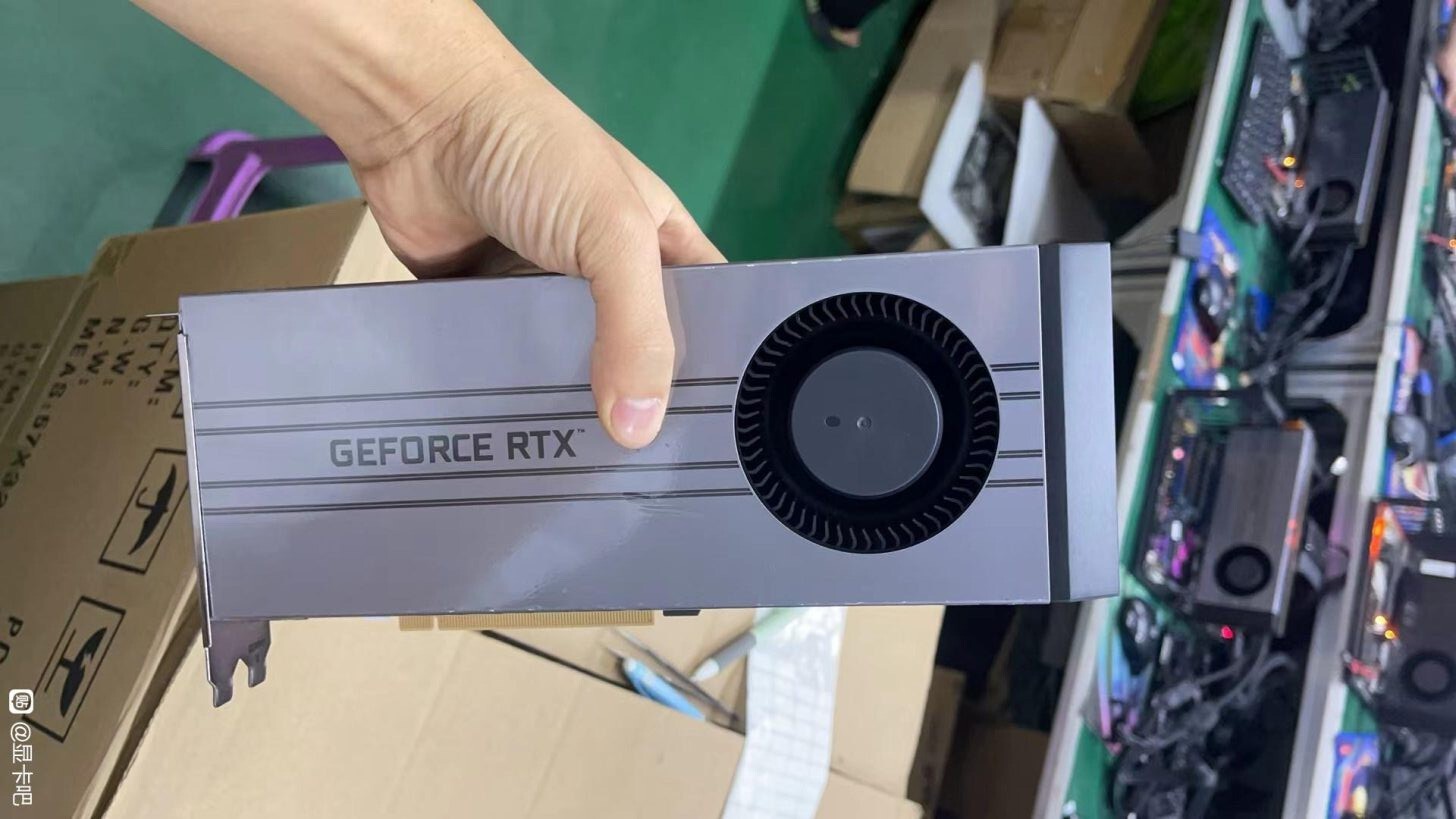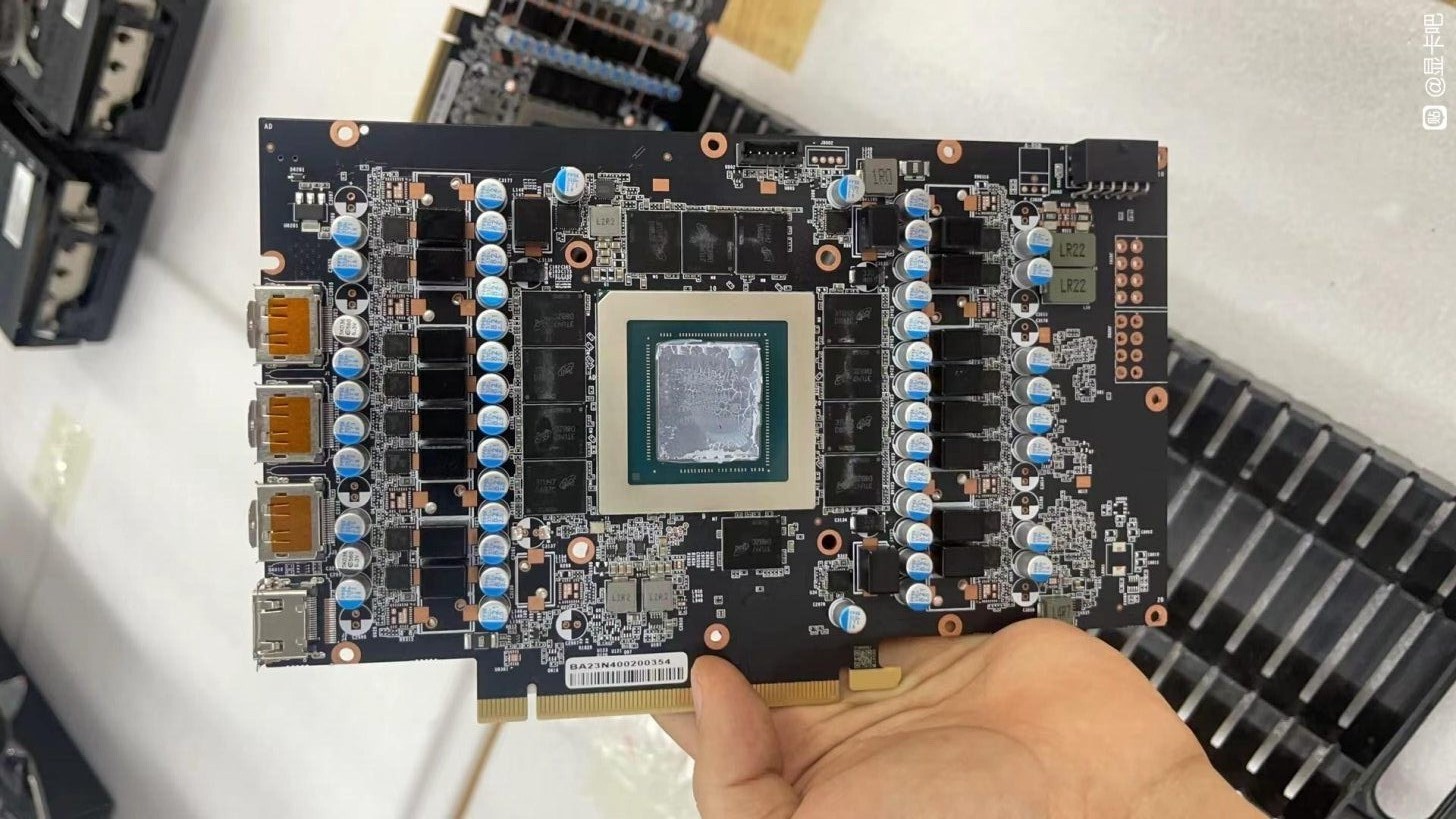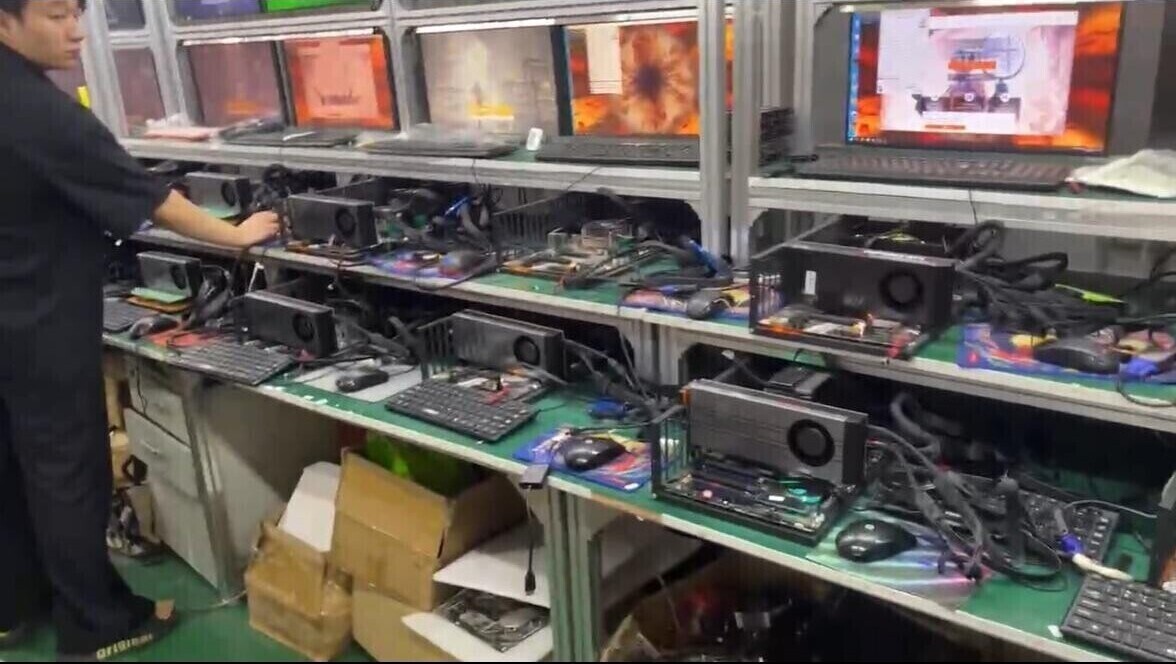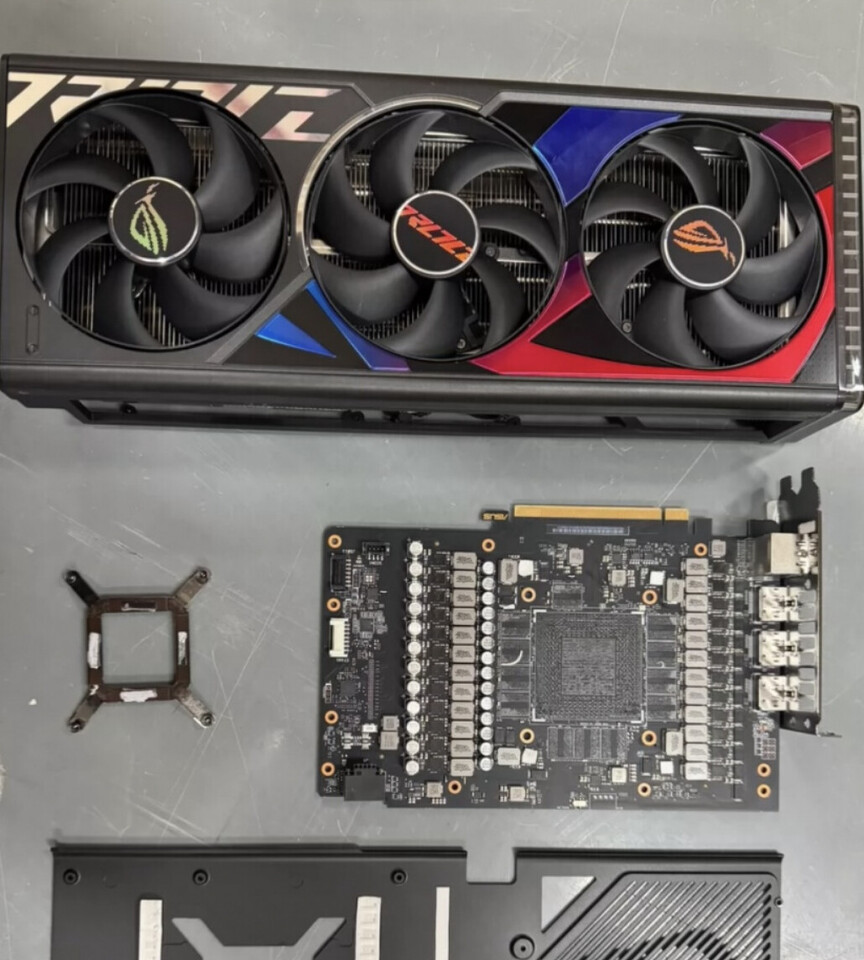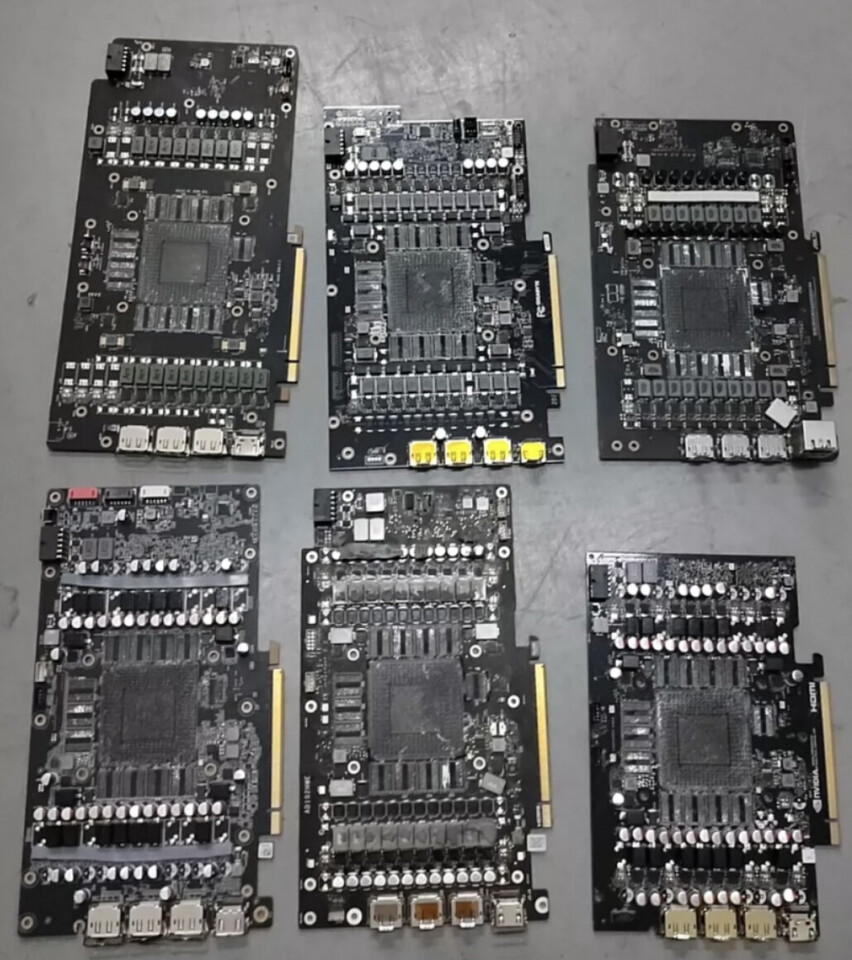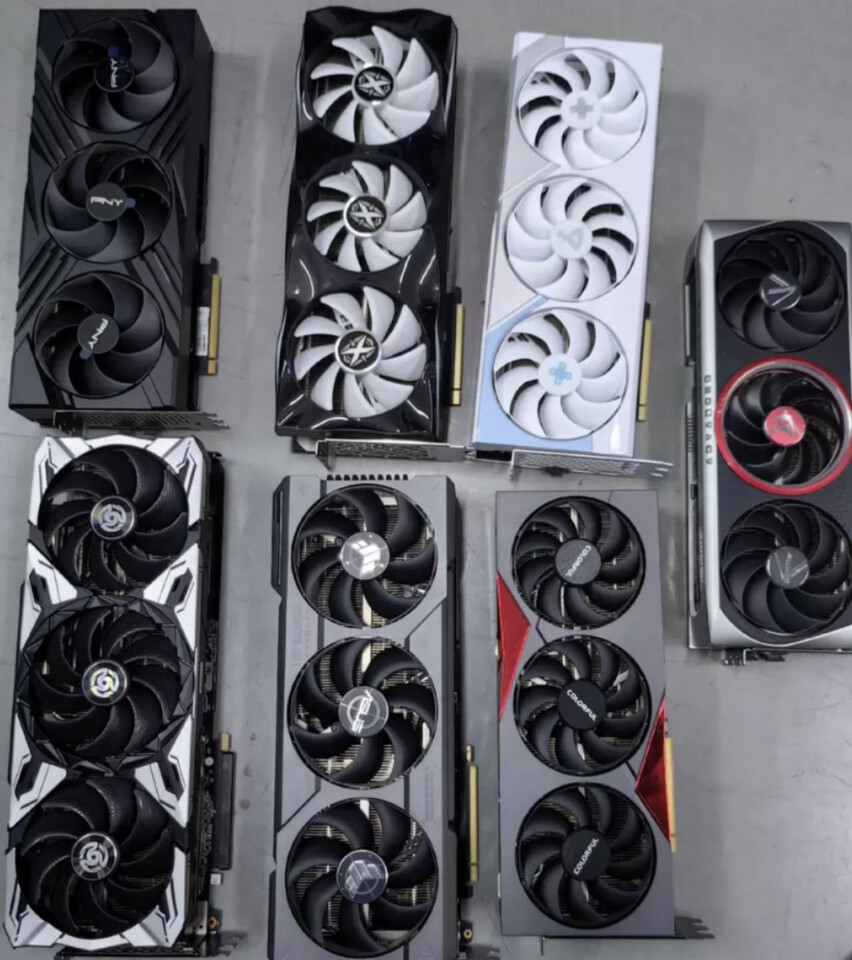The recent U.S. government restrictions on AI hardware exports to China have had a significant impact on several key semiconductor players, including NVIDIA, AMD, and Intel. These restrictions prevent them from selling high-performance AI chips to China. As a result, NVIDIA's GeForce RTX 4090 gaming GPUs have been pushed out of mainland China due to their powerful computational capabilities. In anticipation of these restrictions, NVIDIA reportedly moved a large inventory of its AD102 GPUs and GeForce RTX 4090 graphics cards to China, which we previously reported. This may have contributed to the global shortage of RTX 4090 cards, causing their prices to rise to $2000 USD.
In an interesting development, insiders from the Chinese Baidu forums have revealed that specialized factories across China are repurposing these GPUs, which arrived before the ban, for AI solutions. This transformation involves disassembling the gaming GPUs, removing the cooling systems, and extracting the AD102 GPU and GDDR6X memory from the main PCBs. These components are then soldered onto domestically manufactured "reference" PCBs, which are better suited for AI applications. The modified GPUs are equipped with dual-slot blower-style coolers designed for server environments. These coolers are only two slots wide, allowing multiple GPUs to be placed in parallel in an AI server.
After undergoing rigorous testing, these reconfigured RTX 4090 AI solutions are supplied to Chinese companies that run AI workloads. This adaptation process has led to an influx of RTX 4090 coolers and bare PCBs into the Chinese reseller market at significantly lower prices, as the primary GPU and memory components have been removed. To ensure the functionality of these cards, factories stress-test them after modifications using Furmark, 3DMark, and AI applications. It is possible that this process could potentially damage a significant number of AD102 GPUs if not handled carefully, but the exact yields of this experiment are unknown to anyone outside of these factories.
Below, you can see the dismantling of AIB GPUs before they are transformed into blower-style AI server-friendly graphics cards. For further assurance of their performance, factories conduct stress tests using Furmark, 3DMark, and AI applications, possibly running smaller LLMs locally to assess their compute capability.
